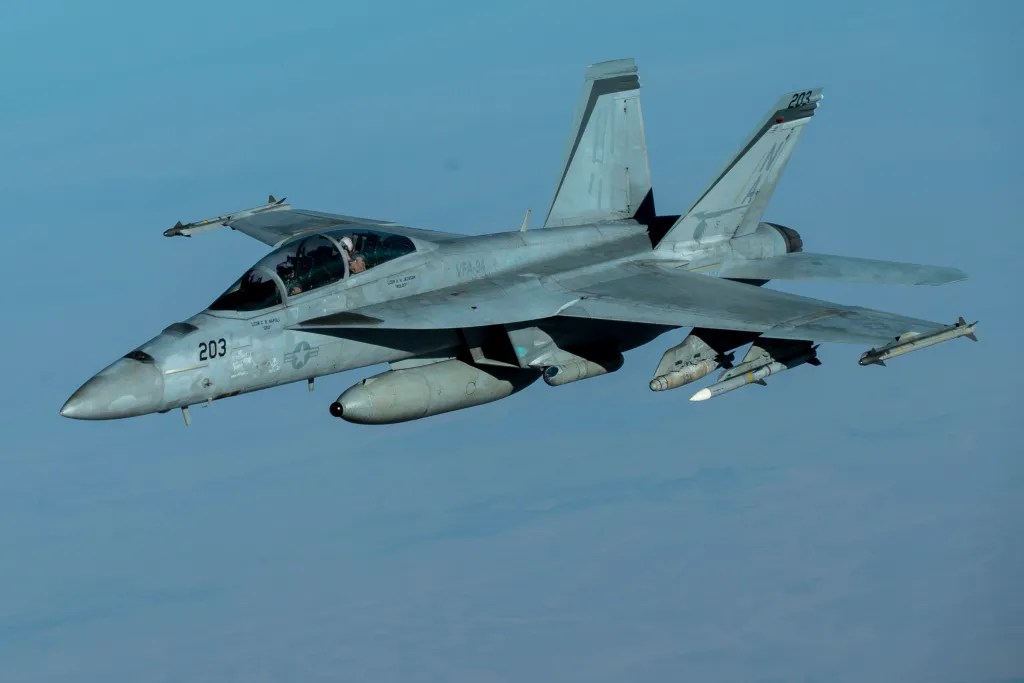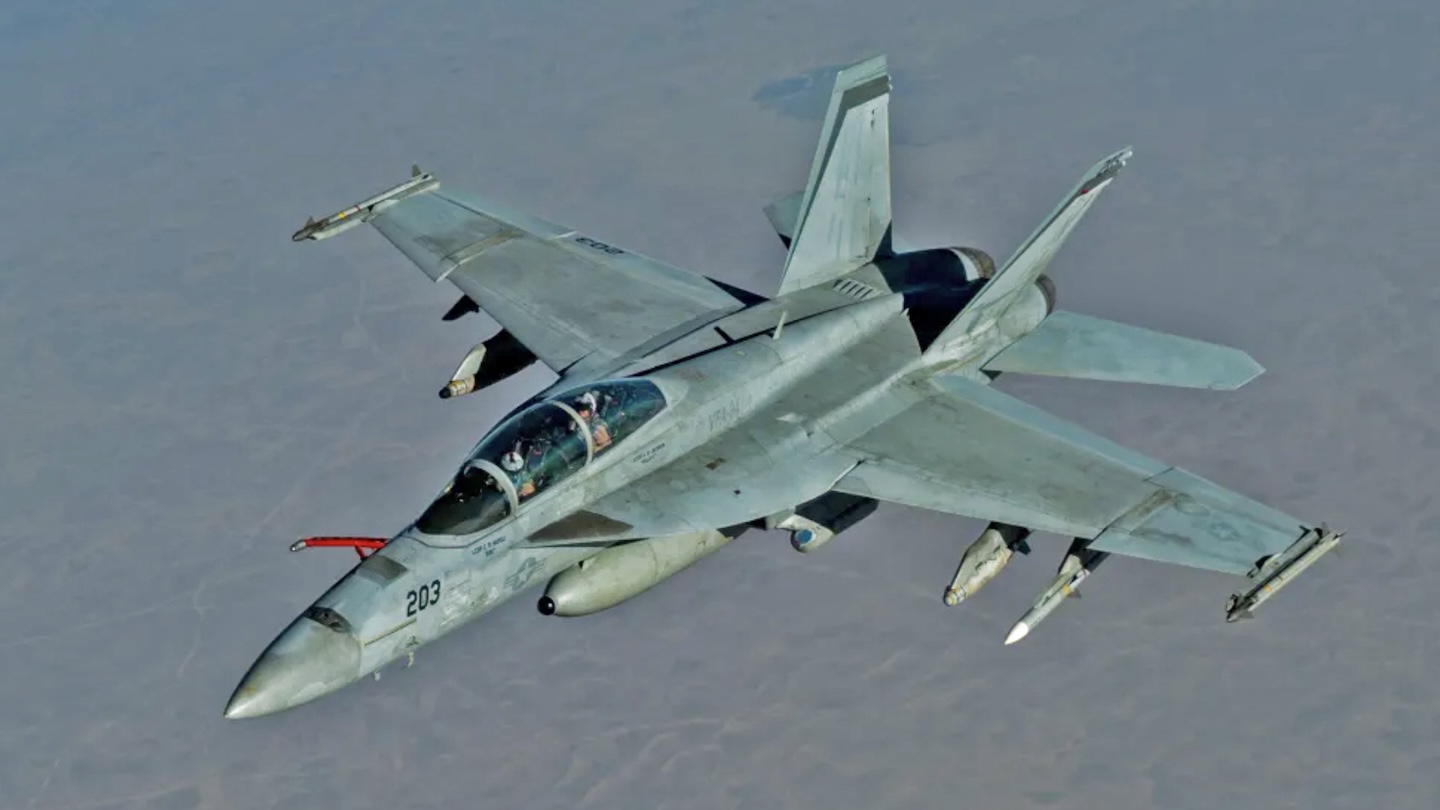Amire nem volt igénye senkinek, az az F-18L, ami hordozófedélzeti alkatrészek helyett könnyebb, hagyományosakat kapott volna.
Nem pontos. Az, hogy lett-volna-e igény a Northrop F-18L-re azt már sosem tudjuk meg, mert bár a Northrop szerint az McDD-vel való állítólagos megállapodás alapján a szárazföldi ügyfelek számára a Northrop, ami az YF-17 Cobra révén bizonyos fokig a dizájn szellemi örököse, igenis kifejleszthetett volna egy dedikált, könnyített, teljesítményorinetált verziót.
Ehhez az előzetes piackutatást is elvégezték, de akkor a St Louis-i McDD gyártósor kapott volna egy belső konkurenciát, márpedig csak a US Navy és USMC rendelésállománnyal a cég nem lett volna jóllakatva. Így alávágva a Northropnak, elkezdték maguk promótálni a nehezebb és a szárazföldi ügyfelek számára sok felesleges feature-rel szerelt F/A-18A és B gépet.
Ezt a Northrop a bíróságon megtámadta, de elbukta a dolgot, így bár az 1986-os svájci tenderen kifejezetten nagy emelkedő és gyorsulóképességű típus volt a követelmény, az McDD az akkor még elég új F-16C-vel szemben a leendő "Big Motor" F/A-18C/D-t indította. Ami az F-18L lehetőségeinek tükrében egy nonszensz dolog volt.
De a bíróság végső szava és az, hogy a svájciak elhúzták a tendert a kilencvenes évekre, az ekkoriban már eléggé halódó McDD malmára hajtották a vizet.
Az úgynevezett "Big Motor" F400GE402-vel szerelt erősebb F/A-18C/D első felszállása valamikor 1989-90 körül volt, tehát az érdemi promóció csak ezután indulhatott meg.
Addig csak a gyengébb F/A-18A/B gépek kerültek értékesítésre külföldön, úgy mint az ausztrál, kanadai, kuvaiti vagy a spanyol gépek.
Az F/A-18C/D típusok első exportja a svájci volt, majd jöt a finn eladás, de ez már egybeesett a Super Hornet kifejlesztésével, minek szűzfelszállása 1995-ben volt. Nos, ha valami igazán "Big Motor" a Hornet családfán, akkor az ez kell, hogy legyen, de ezt 1989-ben még nem tudhatták.
Ugyanakkor bár a Dick Cheney révén (az McDD hathatós lobbitevékenysége itt erősen etten érhető) pont az indulás után kiherélt és elkaszált F-14D programnak köszönhetően a Super Hornet-nak lejtett a pálya, az alapvetően profithajhász McDD menedzsment igyekezett kevesebb pénzből, kevesebb idő alatt egy jól propagált csodagéppel elcsábítani a Navy fejét.
Ilyen ellenfél nélküli terepen akár költhettek is volna rá rendesen, de inkább csináltak egy félig befejezett gépet és rámondták, hogy ez így van jól, az McDD (ekkor már a Boeing-be beolvadva és azt ettől kezdve folyamatosan belülről rothatsztó) lényegében a Super Hornettel kezdte el azt a termékfejlesztési attitűdöt, ami elfertőzte a Boeing többi projektjét is. Úgy mint az B787, B737 MAX, a B777-X, az F-15EX, de még a Boeing Vertol CH-47F block 2 projekt kudarca is ide vezethető vissza.




